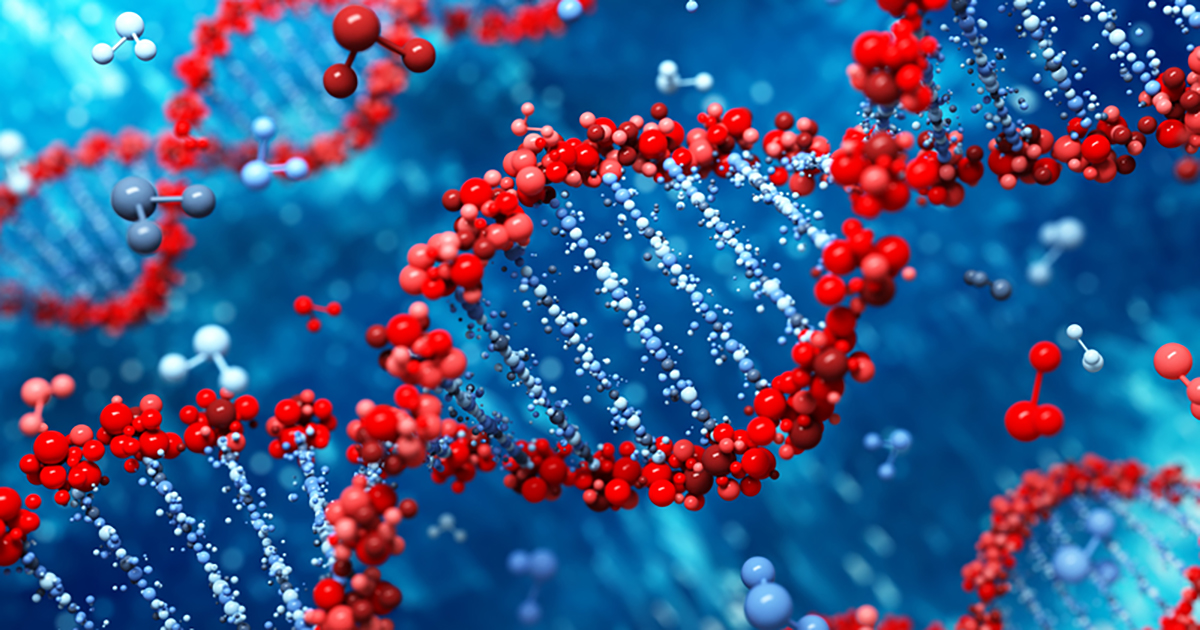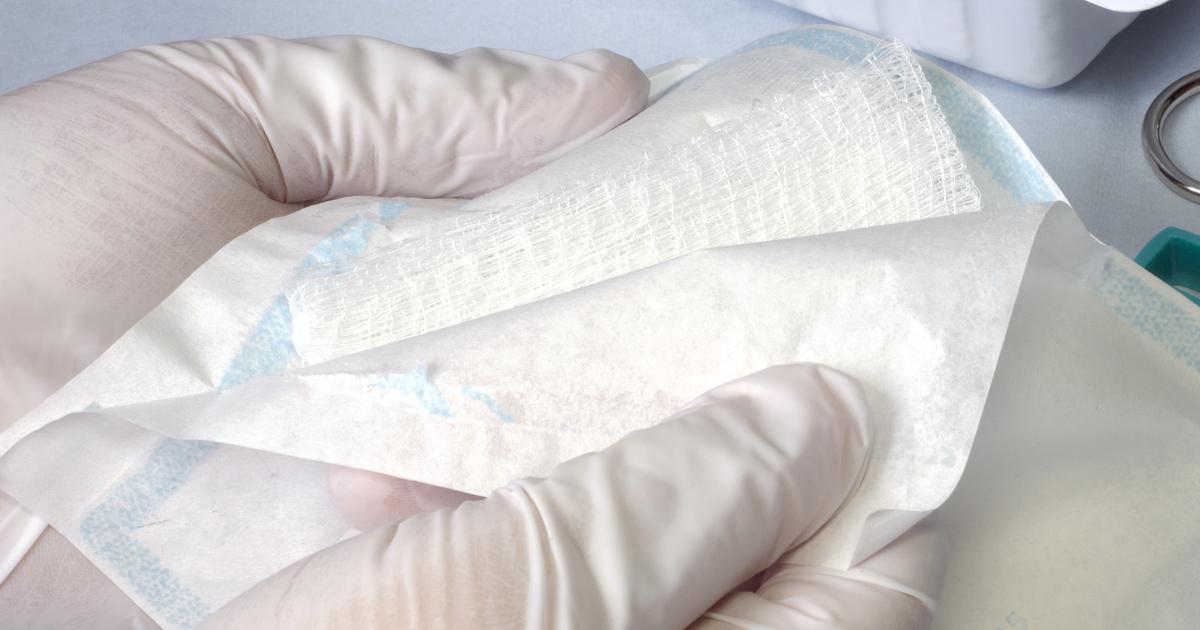Guide To The Risk Factors And Complications Of Hidradenitis Suppurativa
Hidradenitis suppurativa is a skin condition that leads to small and painful lumps below the skin. Sometimes tunnels can form underneath the surface of the skin, and the bumps might break as well. The bumps tend to form in places where the skin frequently rubs together, including the thighs, breasts, buttocks, groin, and armpits. The condition typically develops after puberty. Some patients may live with it for many years, and the flare-ups may worsen over time.
Some patients try over-the-counter medicine for hidradenitis suppurativa. Often this includes pain medication, as many topical creams for hidradenitis suppurativa require a prescription. Another treatment option is red light therapy for hidradenitis suppurativa. Other patients may look at laser hair removal for hidradenitis suppurativa, which can help relieve some symptoms, including itchy skin. Hidradenitis suppurativa itch relief is a significant part of treatment. Of course, it helps to understand the risk factors and potential complications of this condition, which can affect treatment.
Age and Gender

Age and gender both affect an individual's likelihood of developing hidradenitis suppurativa. Studies have shown that women tend to develop the condition more frequently than men. In addition, it usually starts in individuals who are past puberty and either well into or finished with adolescence. The most commonly affected age group are individuals between eighteen and twenty-nine years old. Despite this, there have been cases in which patients are affected when they are younger or older. Patients who develop the condition when they are younger have a higher risk of complications in the future. These individuals may also be at a higher risk of developing a widespread disease that is only partially related to the skin condition.
It is not currently known why the condition develops or how. Researchers only know that it affects women between eighteen and twenty-nine years old from analyzing statistics of individuals diagnosed with hidradenitis suppurativa. The condition is not caused by poor hygiene or an infection. However, it might lead to psychological distress for patients who cannot hide the bumps.
Reveal information on risk factors for this condition now.
Obesity

Studies indicate that obesity is a risk factor for hidradenitis suppurativa. Individuals are more likely to develop this disorder if they are overweight. The disease may also be more severe in heavier individuals. This may be because their skin is more likely to rub together or have folds in it. It may also be because they have been shown to have more inflammation in their bodies. Some research shows that losing weight can reduce the frequency and severity of flare-ups.
Researchers say that losing just ten percent of one's body weight can lead to a notable reduction in symptoms. One study of 383 overweight participants with the condition showed that weight loss could reduce symptoms. There was a thirty-five percent reduction in patients reporting symptoms. Those who lost weight also had much smaller areas of skin affected. Weight loss helps reduce friction and keep microbial colonization on the skin to a minimum. Some hidradenitis suppurativa patients undergo weight loss surgery to help reduce their symptoms.
Uncover more details on the risk factors linked to this condition now.
Family History

Research has shown that having a family member with hidradenitis suppurativa makes individuals more susceptible to it. The flare-ups, in particular, have a genetic component. At the same time, individuals can still develop this condition even if they do not have a family history. About thirty to forty percent of patients have another family member who has hidradenitis suppurativa. Some researchers believe that this may be underestimated due to individuals not seeking official diagnoses for their skin disorder or misdiagnoses.
Genetics research shows that the condition can be inherited as an autosomal dominant gene mutation in individuals who have a PSENEN, PSEN1, or NCSTN mutation. With a dominant gene, an individual only needs one copy to present with symptoms. With a recessive gene, an individual needs two copies to carry the condition without knowing they do. Many cases involve patients who have inherited the condition directly from their parents. It is good for individuals to keep an eye on their skin when they know the disorder runs in their family. They should talk to a dermatologist if they notice anything abnormal.
Continue reading to reveal complications of this condition now.
Infection Susceptibility

One of the biggest complications of hidradenitis suppurativa is infection susceptibility. The affected part of the patient's skin may be infected more easily than healthy skin. This is especially so if the lumps below the skin burst. Though the patient may be more likely to suffer an infection after a flare-up, infections have not been shown to cause flare-ups. This means that patients cannot prevent flare-ups by cleaning their skin and monitoring for signs of infection. Flares of this condition occur when a hair follicle becomes blocked, leading to a secondary infection. The bumps below the skin are pus-filled and inflamed follicles.
Some patients experience ropy, pitted scarring as the pustules heal. If sweat and bacteria become trapped below the skin or between the bumps, it can lead to ongoing inflammation and infection. The infections are only life-threatening when they spread into the system of an individual whose immune system has already been weakened. Even though this disorder is not life-threatening, it can still be excruciating.
Uncover more information on complications associated with this condition now.
Obstructed Lymph Drainage

There may be obstructions to the lymph nodes during a flare-up of hidradenitis suppurativa. Many areas of the skin where flares are common, such as the armpits and the groin, contain many lymph nodes. If the scarring from the pustules is deep enough, it can interfere with the natural drainage system. This can lead to swollen genitals, legs, or arms, since the fluid has nowhere to go.
Although the disease is inflammatory, it is rare for the lymph nodes to feel swollen during a flare-up. This may be because it is hard to differentiate swollen lymph nodes from the infected bumps. Researchers have also found it challenging to pinpoint lymph node involvement using advanced ultrasound technology. Most researchers have concluded that the lymphatic system is only affected when a patient suffers a late-stage flare-up of hidradenitis suppurativa.
